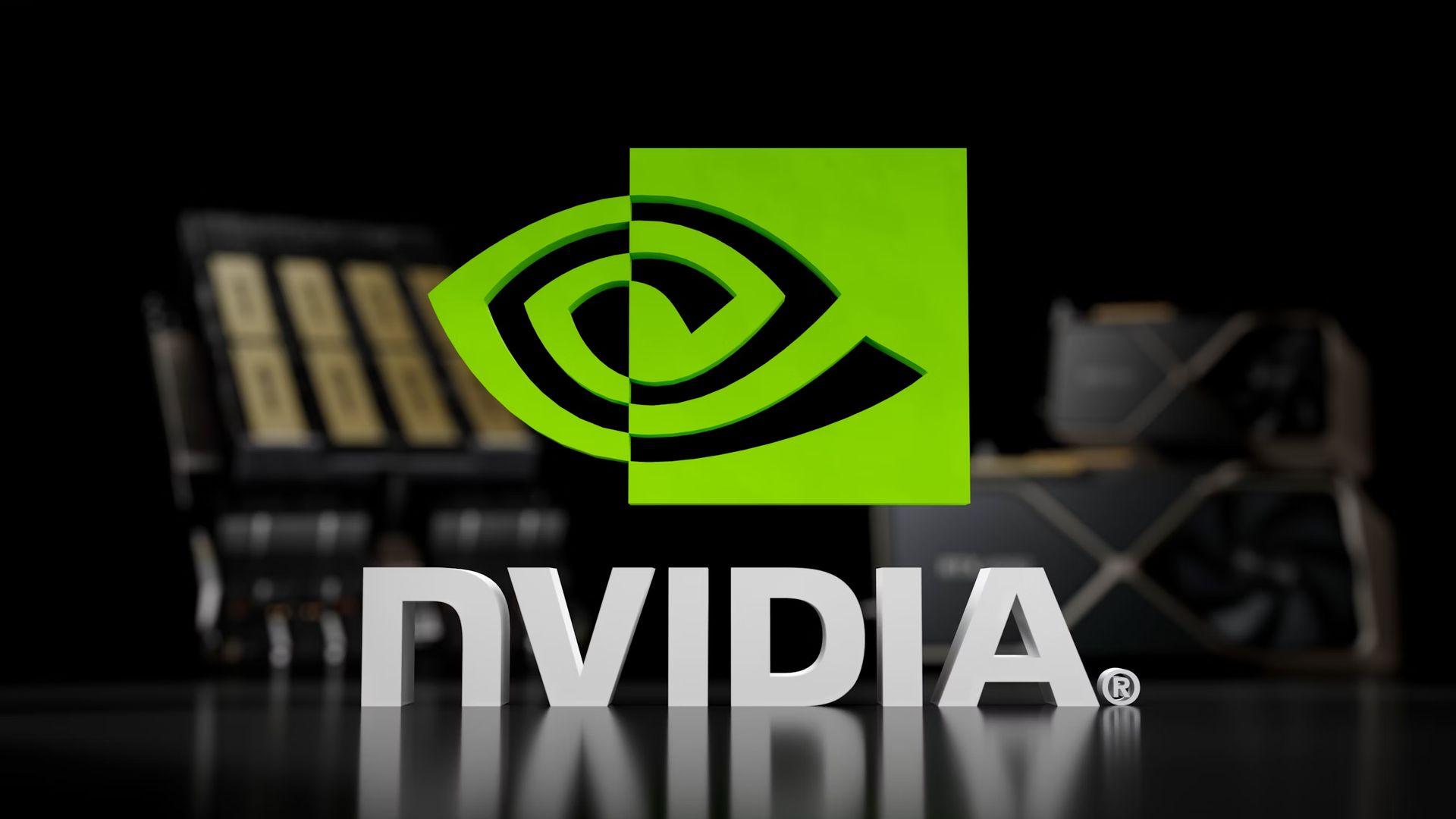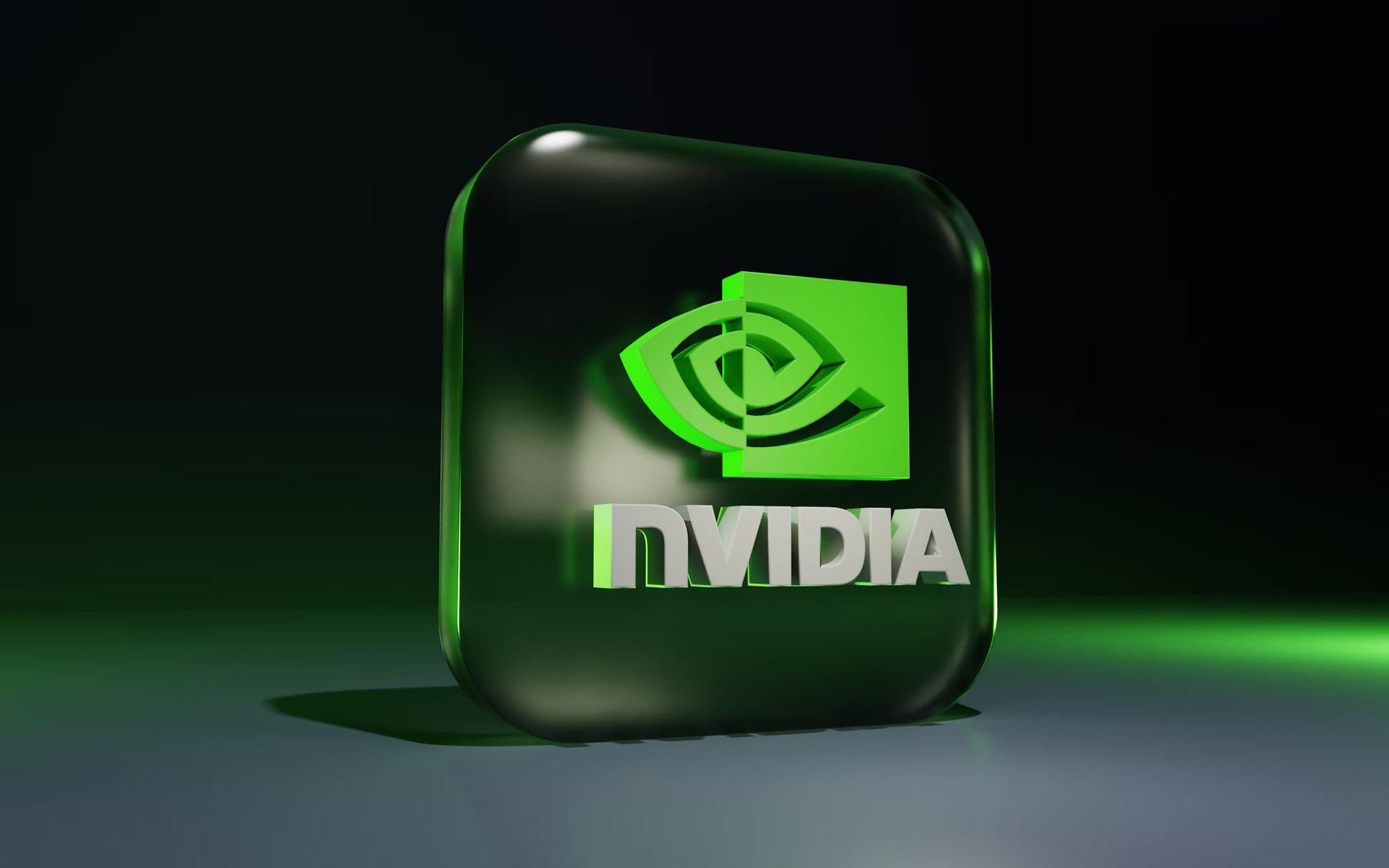At Computex 2024, Jensen Huang, unveiled the company’s ambitious plan to enhance its AI accelerators annually, highlighting the NVIDIA Rubin platform. He announced the forthcoming Blackwell Ultra chip for 2025 and introduced the next-gen Rubin platform, slated for release in 2026. This strategic roadmap signifies NVIDIA’s commitment to maintaining its leadership in the AI technology landscape.
NVIDIA’s Computex 2024 announcements
NVIDIA, now renowned for its AI data center systems, introduced innovative tools and software models ahead of the Computex 2024 trade show in Taiwan. Huang emphasized in his keynote at National Taiwan University that the surge of generative AI represents a new industrial revolution, with NVIDIA poised to be a key player as this technology transitions to personal computers.
NVIDIA has benefited immensely from a surge in AI spending, establishing itself as the most valuable chipmaker globally. However, the company aims to diversify its customer base beyond the cloud-computing titans that constitute a significant portion of its revenue. Huang foresees a broader range of enterprises and governmental bodies, from shipbuilders to pharmaceutical firms, integrating AI into their operations. He reiterated themes from his previous address at the same venue, highlighting that entities lacking AI capabilities risk obsolescence.
By skillfully integrating advanced technologies like the Rubin platform, NVIDIA continues to solidify its leadership in the AI revolution.

The 3-month free Nvidia Game Pass at Computex 2024 complements groundbreaking innovations, especially for gamers
NVIDIA Rubin will come with 8-Hi HBM4 stacks
The Rubin architecture will debut with support for 8-Hi HBM4 stacks. Leaks have suggested the introduction of R100 CPUs, so it’s anticipated that the initial Rubin GPUs will follow this trend. Current reports indicate that mass production could start by late 2025. This aligns with NVIDIA’s announcement, setting the Rubin debut for early 2026.
NVIDIA Rubin Ultra GPUs are expected to be released in 2027, adhering to NVIDIA’s “one year rhythm” for data center updates. These Ultra GPUs will be distinguished by their compatibility with 12-Hi HBM4 stacks. High Bandwidth Memory (HBM) is a type of high-speed memory used in high-performance computing and graphics applications. HBM4 refers to the fourth generation of this technology, offering even greater speeds and efficiencies compared to its predecessors.
Additionally, a slide from NVIDIA highlighted the upcoming Vera CPU. This processor will be featured on the new Vera Rubin accelerator board, alongside a Rubin GPU, and is set to replace existing models like the Grace Hopper superchip. Details about the Vera CPU remain sparse, but it is speculated that it will bring various enhancements to the Arm CPU cores and/or a stronger overall configuration.
The NVIDIA Rubin platform include the high-speed NVLink 6 Switch performance, capable of reaching up to 3,600 GB/s, and the CX9 SuperNIC component, which offers up to 1,600 GB/s.
Eyes on the NVIDIA Blackwell
As we await the next-generation Blackwell GPUs, it’s understandable that details about NVIDIA Rubin remain sparse. Blackwell architecture components are anticipated to launch as B100 and B200 GPUs later this year. Following the initial Blackwell GPU rollout, NVIDIA has planned for Blackwell Ultra, which will enhance performance with 12-Hi HBM3E compatibility, as highlighted at Computex 2024.

Spectrum X, NIM and more from Computex 2024
NVIDIA, originally known for selling gaming cards for desktop PCs, leverages this background as computer manufacturers seek to integrate more AI functions into their machines. Microsoft Corp. and its hardware partners are showcasing new laptops with AI enhancements under the Copilot+ branding at Computex. Most of these devices, powered by processors from NVIDIA rival Qualcomm Inc., promise extended battery life.
While these devices are suited for basic AI functionality, adding an NVIDIA graphics card significantly boosts performance and introduces new features to popular software like games. PC makers such as Asustek Computer Inc. are offering these enhanced computers. To further aid software developers, NVIDIA is providing tools and pretrained AI models to manage complex tasks, such as deciding whether to process data locally or send it to a data center.
Additionally, NVIDIA is unveiling a new server computer design built on its chips through the MGX program. This program, utilized by companies like Hewlett Packard Enterprise Co. and Dell Technologies Inc., accelerates product market entry for corporations and government agencies. Even competitors Advanced Micro Devices Inc. (AMD) and Intel Corp. are leveraging this design, incorporating their processors alongside NVIDIA chips.
China says “no thanks” to Intel and AMD on government devices
AMD CEO Lisa Su, in her Computex address following Huang’s, outlined AMD’s advancements in AI chips. AMD is accelerating the launch of its AI processors to narrow the gap with NVIDIA in this rapidly expanding field.
NVIDIA’s previously announced products, such as Spectrum X for networking and NVIDIA Inference Microservices (NIM), referred to by Huang as “AI in a box,” are now generally available and seeing widespread adoption. Additionally, NVIDIA will offer free access to NIM products.
Huang also advocated for the use of digital twins within NVIDIA’s Omniverse, a virtual world. To demonstrate its potential, he presented Earth 2, a digital twin of our planet, capable of facilitating advanced weather pattern modeling and other complex tasks.
Featured image credit: Kerem Gülen/DALL-E 3






